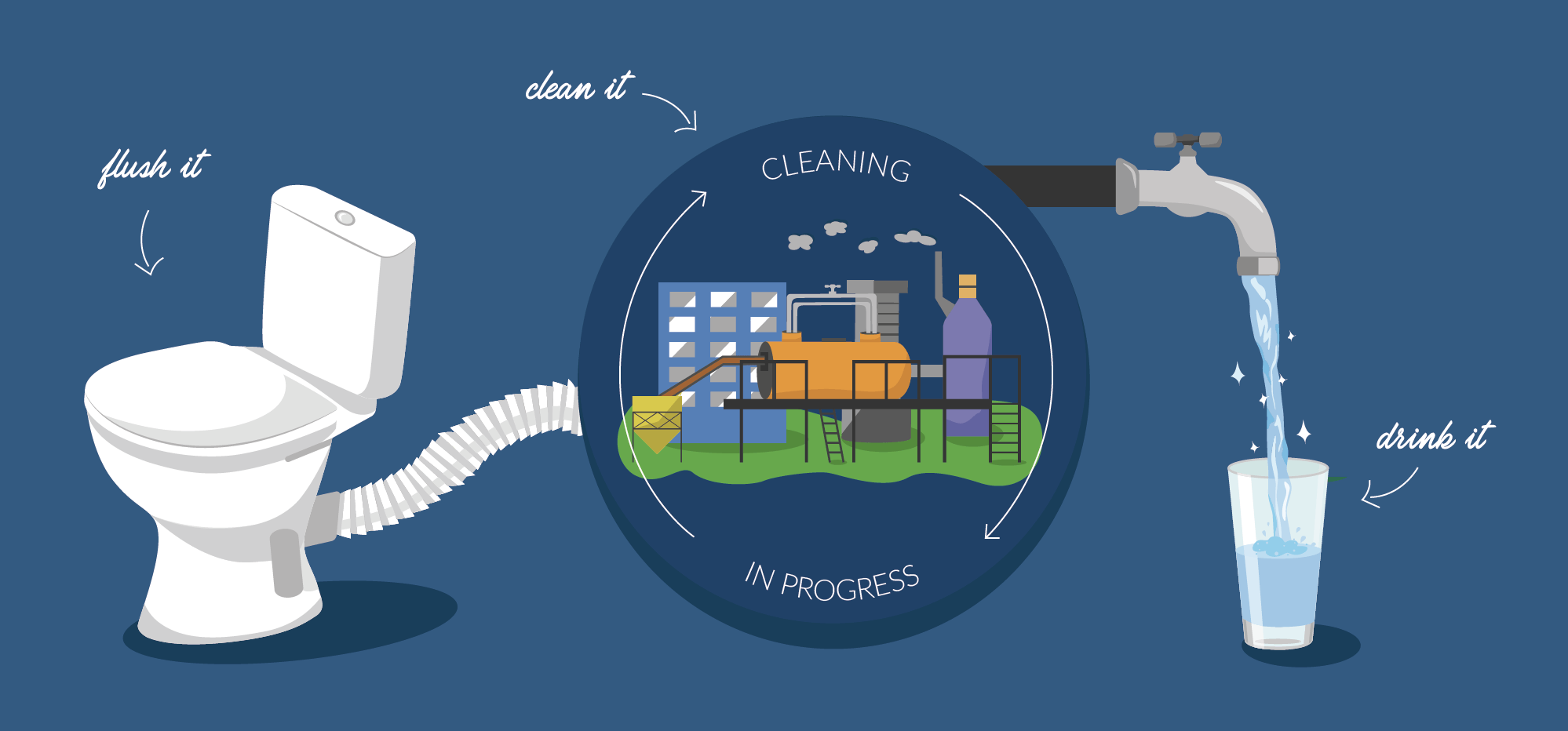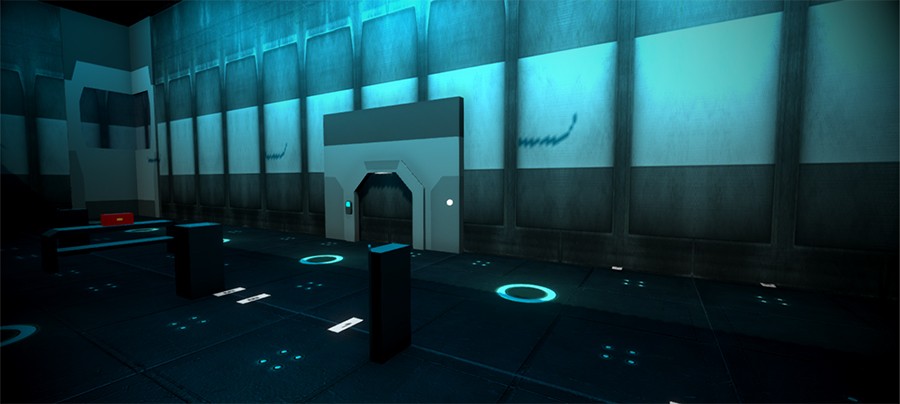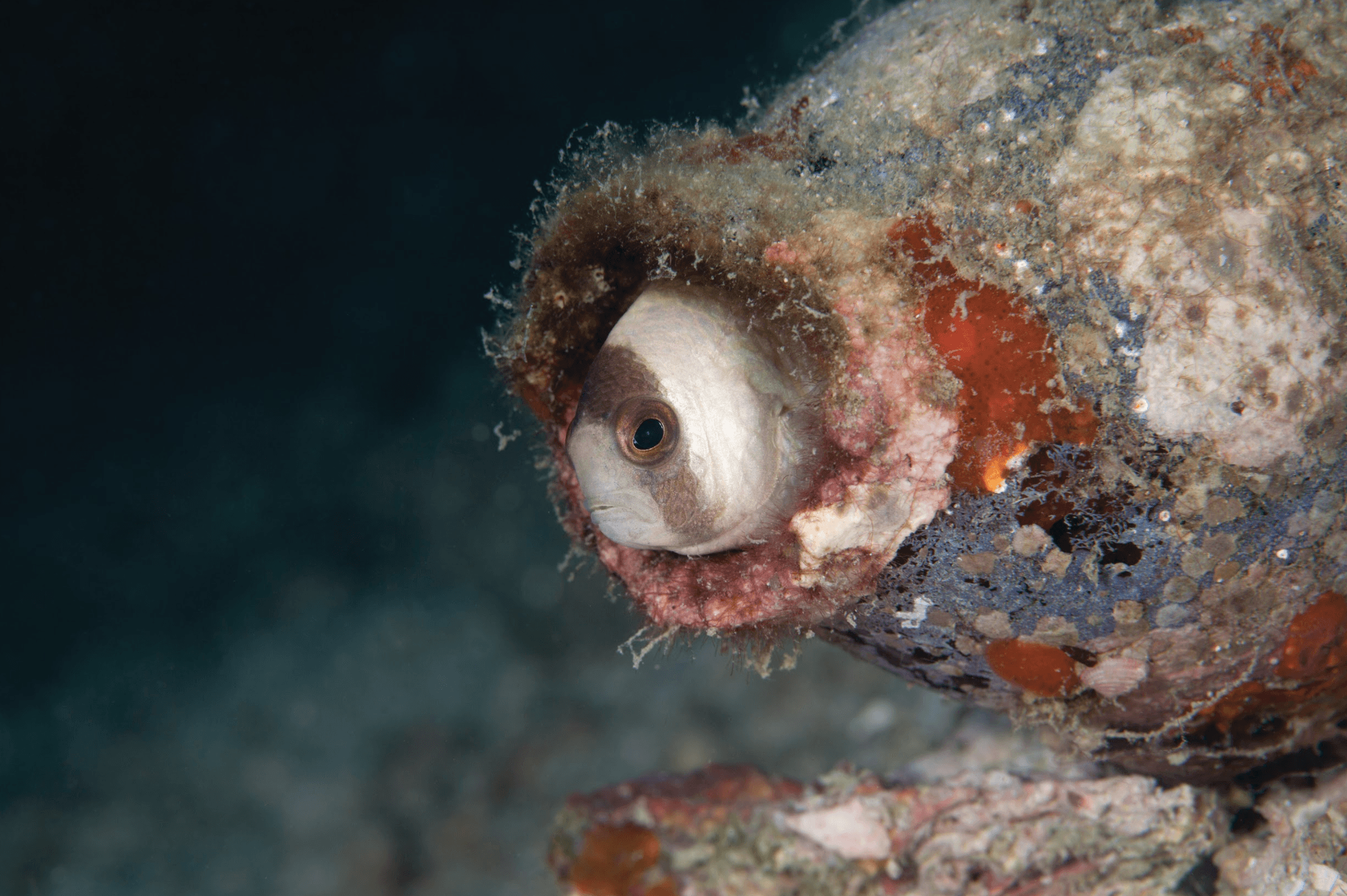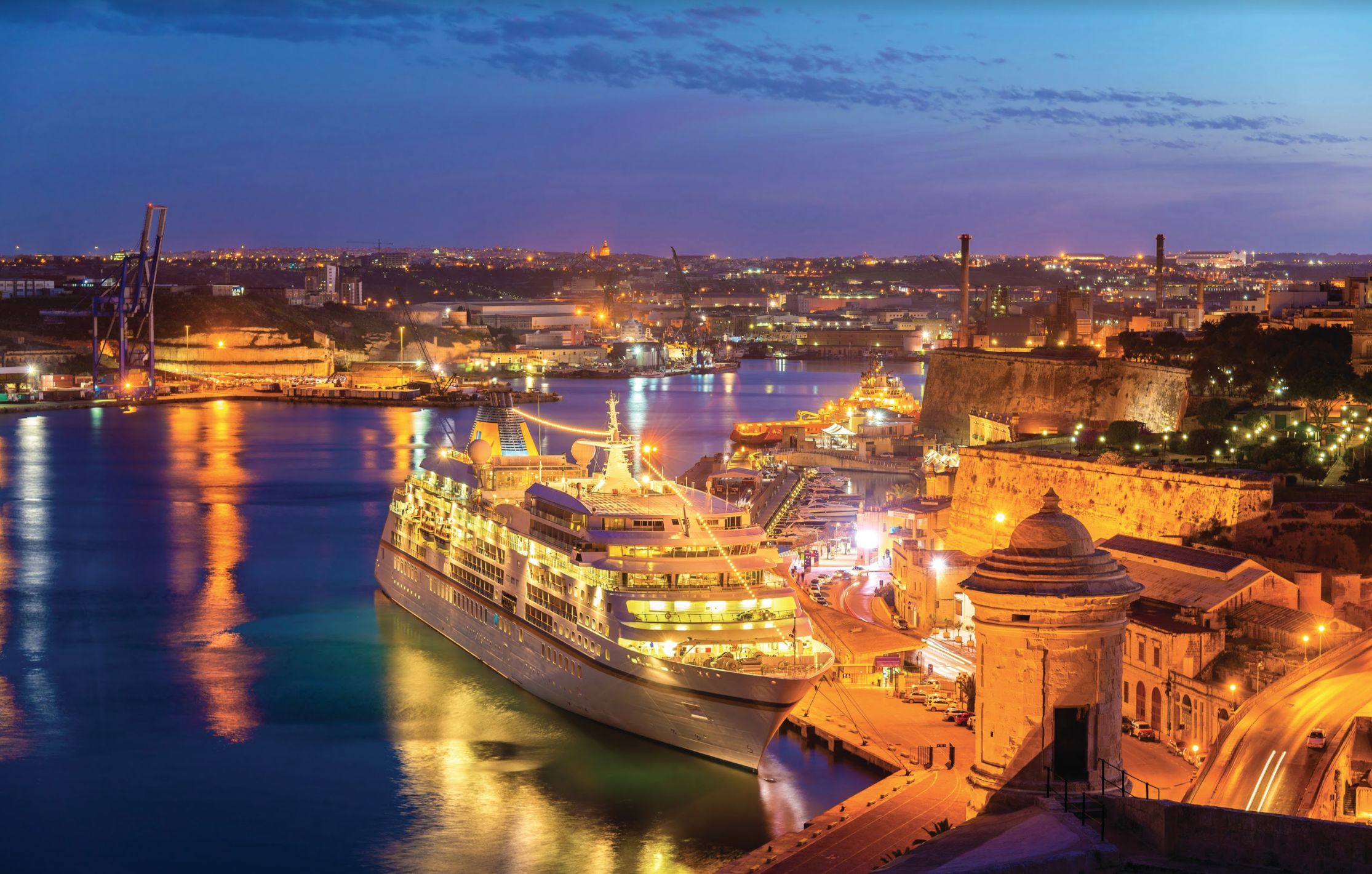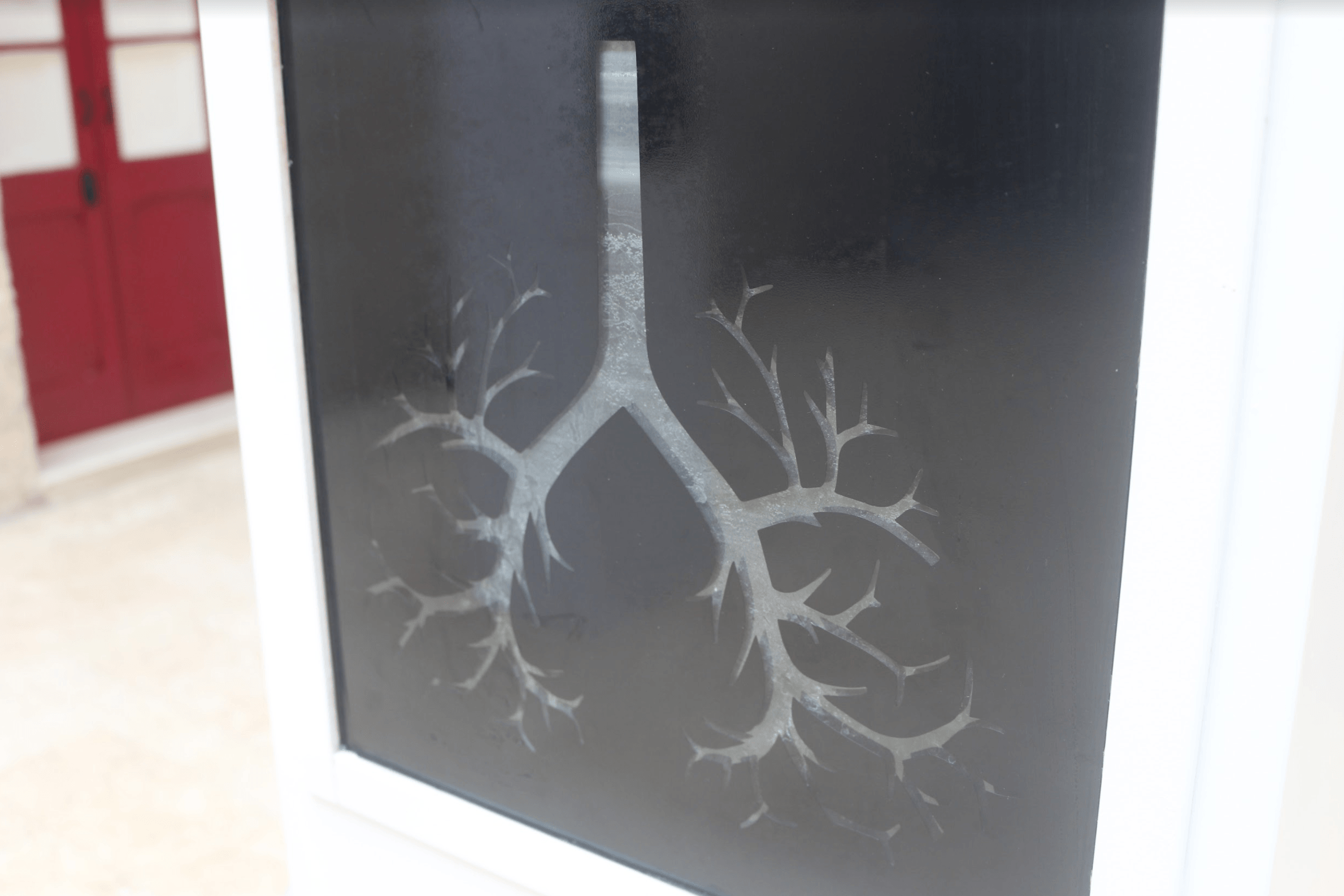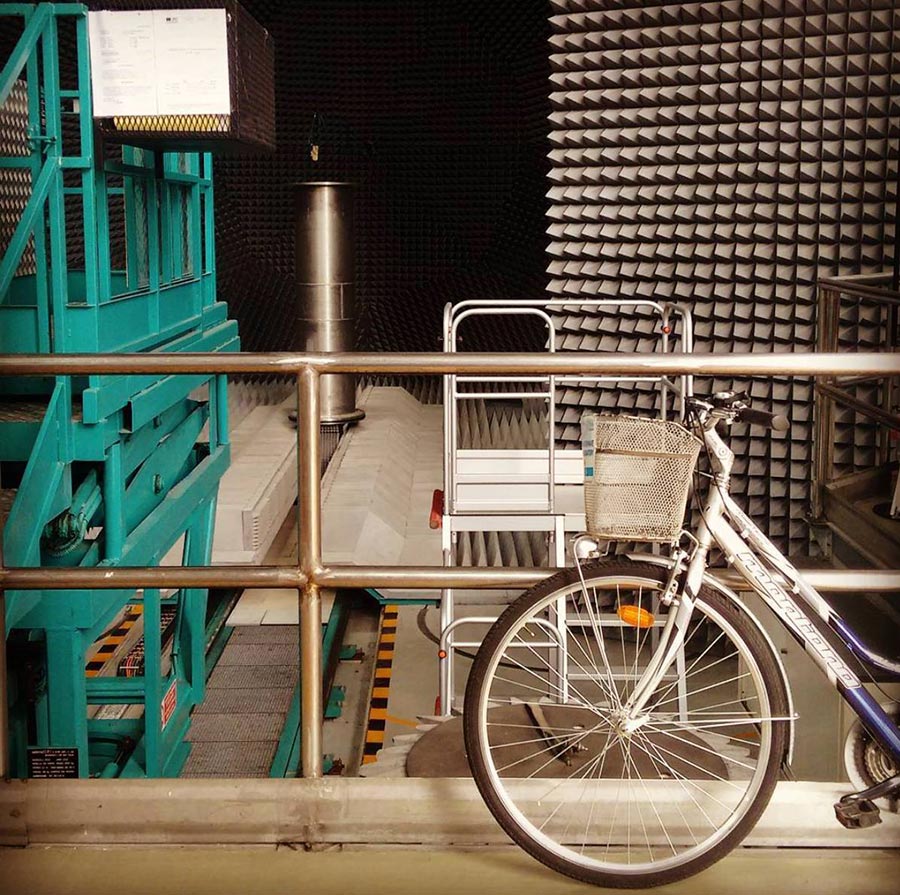Sewage works
Water is our number one resource. It not only sustains life, but also supports the economy and its development. And yet, water is taken for granted. Kirsty Callan talks to Marco Cremona, the man behind the revolutionary water treatment solution that promised to reduce Maltese hotels’ water use by 85%.
Saving shark babies
Sharks are a vital part of marine ecology, keeping everything beneath them in the food chain in check. But they’re being caught and consumed at an alarming rate, and people aren’t even realising it. Randel Kreitsberg writes about Sharklab Malta founder Greg Nowell’s work in raising awareness and preserving these fantastic creatures.
I’ll pick you up at 2.45,’ Greg says casually. ‘AM?’ ‘Yes,’ he smiles.
There is a one hour gap, between three and four in the morning, before the Pixkerija (fish market) in Marsa opens to the public. This is the time when fishermen arrive with their catch, but their clients, chefs and managers of Maltese restaurants, have yet to appear.
It is also when Greg Nowell, founder of the Sharklab Malta elasmobranch conservation group, and a small crowd of volunteers inspect the shelves and boxes of fresh catch. They’re looking for two local catshark species—nursehounds and lesser spotted catsharks—so they can cut them open and save the viable eggs still inside the females in the hopes of releasing them back into the wild.
AN ENGLISHMAN’S LIVING ROOM
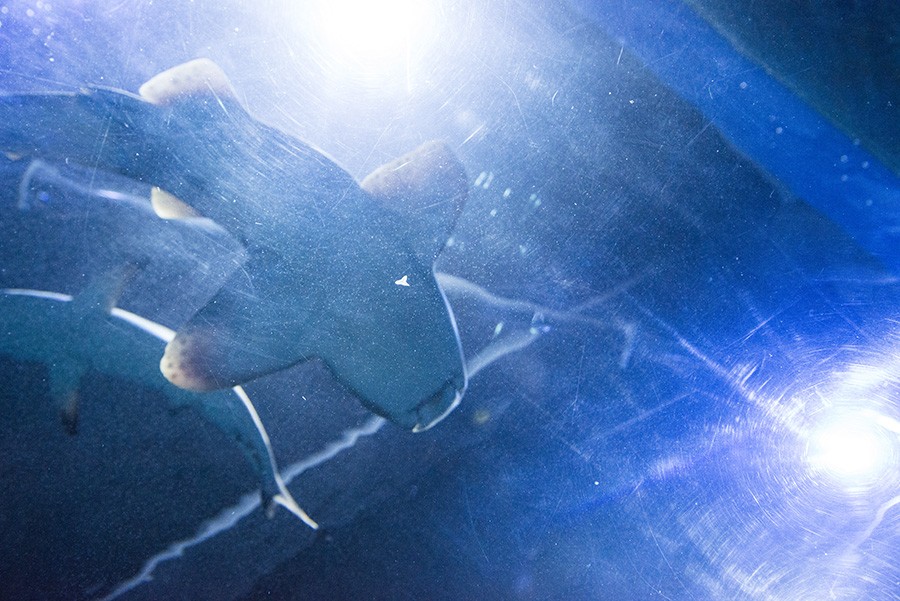 Greg Nowell is a diver whose ‘regular’ job involves electronics quality auditing and building renovation works. In 2011, while at a local fish market, Greg noticed something unusual. One of the catsharks on sale had an egg protruding from it. ‘I took it out, and it looked intact. I could see there was something inside,’ he says. He decided to put the egg in an aquarium to see what would happen, and while the shark pup inside developed successfully over the course of a few weeks, it eventually died before the two month mark. Looking back, Nowell can confidently say now that it had everything to do with temperature.
Greg Nowell is a diver whose ‘regular’ job involves electronics quality auditing and building renovation works. In 2011, while at a local fish market, Greg noticed something unusual. One of the catsharks on sale had an egg protruding from it. ‘I took it out, and it looked intact. I could see there was something inside,’ he says. He decided to put the egg in an aquarium to see what would happen, and while the shark pup inside developed successfully over the course of a few weeks, it eventually died before the two month mark. Looking back, Nowell can confidently say now that it had everything to do with temperature.
‘Originally, we didn’t know all the parameters we needed to develop the eggs. Temperature was the big eureka moment. Most of the eggs collected during the year’s early months started to develop nicely, but after some time most of them simply stopped – until we installed the cooling system! Now if we have an egg that starts to develop, it has a 95% chance of making back into the sea,’ Nowell says proudly.
It took two years to successfully release the first market-sourced shark pup. Nowell released the baby himself. ‘I don’t know if it was saltwater in my mask or tears—it was beautiful!’ More than 280 shark babies have been released into our seas since then.
MOVING ON
Today, a lot has changed. The Sharklab team and volunteers proactively check all the egglaying shark species in fish markets before they’re sold. The shark pup aquariums have also moved out of Nowell’s living room and into tanks in the Malta National Aquarium, where citizens can learn and foster an appreciation for them.
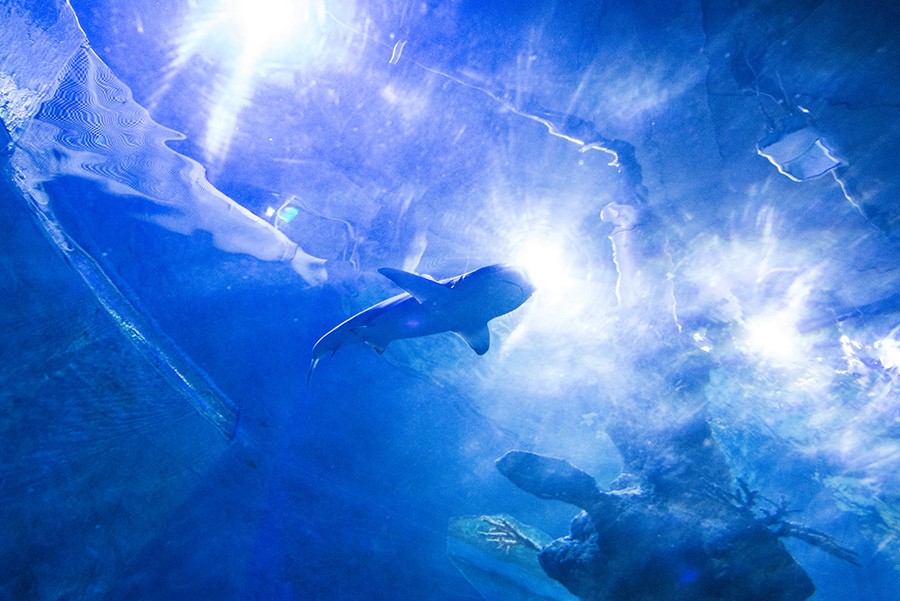 While the initial plan for our interview was to go to the fish market and save the eggs still alive in the female sharks, a storm put an end to those plans. The fishermen couldn’t go out to sea, so we made our way to the Malta National Aquarium instead.
While the initial plan for our interview was to go to the fish market and save the eggs still alive in the female sharks, a storm put an end to those plans. The fishermen couldn’t go out to sea, so we made our way to the Malta National Aquarium instead.
The aquarium looks different from others I have visited over the years. Yes, there are some tropical species and colourful Japanese Koi Carps, but the majority of species there are local. This includes 20 to 30 cm nursehound pups and their empty egg-cases. It immediately strikes me that the focus of the aquarium is conservation and education, rather than the display of pretty fish.
Sharklab science officer Lydia Koehler praises the national aquarium for their support. She emphasises that with the help of the national aquarium, other countries are following suit and scavenging viable eggs from caught female sharks. Currently, there is a Sharklab in Bosnia Herzegovina, founded with Sharklab Malta, as well as activities in Spain and Greece, which are making strides. ‘In Spain they have a lot of Blackmouth Catsharks,’ Koehler says. ‘They had their first release couple of weeks ago.’
WHAT CAN WE DO?
‘A major part of what Sharklab Malta does is raise awareness and educate people,’ Koehler says. ‘And we have seen a change amongst younger people, appreciating the animals for what they are.’ But there are challenges too. ‘There is a generational gap,’ she notes. ‘Some older people don’t go into the water because there could be sharks in it. They are still very afraid of them.’
At the same time, shark is still a popular menu item with locals and tourists, which is why populations are heavily exploited in Malta. Koehler says that the volume of catches is astounding. ‘The first few times you go to the fish market, you don’t actually realise how many sharks they bring back. That was one thing that really shocked me. Especially for the small spotted catsharks. They come in boxes of 40 to 60 individual sharks. Once we saw them bring in 40 boxes in one day.’
Koehler says that most people don’t even know they are consuming shark. ‘Traditional Maltese fish soup, aljotta, often has several different species of shark in it,’ she says. ‘The issue is people don’t call them sharks—they call it fish soup. If you ask people whether or not they eat shark, their reply is: no, we don’t. But if you ask: do you eat mazzola? The reply is yes. They don’t know sharks are used in it,’ Koehler says, joking then that we should give up mazzola for good.
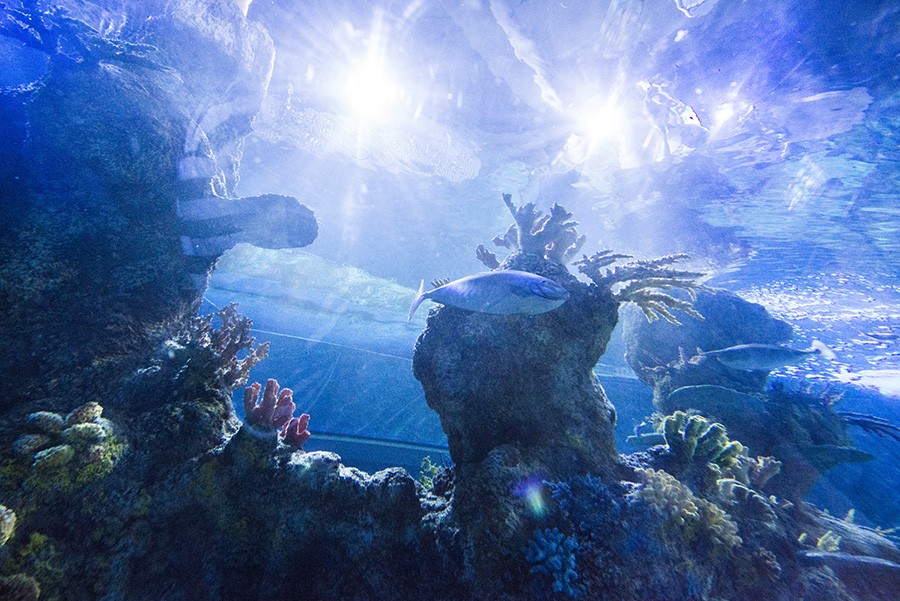 But there is more to Sharklab than the sharks themselves, Nowell notes. Towards the end of our trip to the aquarium, he highlights the need for better ecosystem management. ‘The animals, as fascinating as they are, live in an environment,’ he says. That itself deserves attention.
But there is more to Sharklab than the sharks themselves, Nowell notes. Towards the end of our trip to the aquarium, he highlights the need for better ecosystem management. ‘The animals, as fascinating as they are, live in an environment,’ he says. That itself deserves attention.
‘Plastic is a major issue for all marine life, and if you start affecting any part of it, you’re affecting sharks,’ Nowell says. ‘We also need to be knowledgeable about the species we’re consuming. Overexploitation of fish species because we like to eat them has a direct impact on sharks, because they can get caught accidentally as bycatch.’ Being apex predators, sharks have a critical role in maintaining the species below them in the food chain. They remove the weak and sick individuals, all while keeping competitors balanced to ensure species diversity. Sharks are essential for ocean health, and they have to be protected.
There is much to be done. And there are lots of opportunities to get started, as Nowell and his volunteers have clearly shown by empowering themselves and taking action. But as with every environmental issue, larger numbers make the loudest noise. And so it always boils down to a very simple question: Do we care enough to add our voices to the call?
Author: Randel Kreitsberg
Escape the (Virtual) Room!
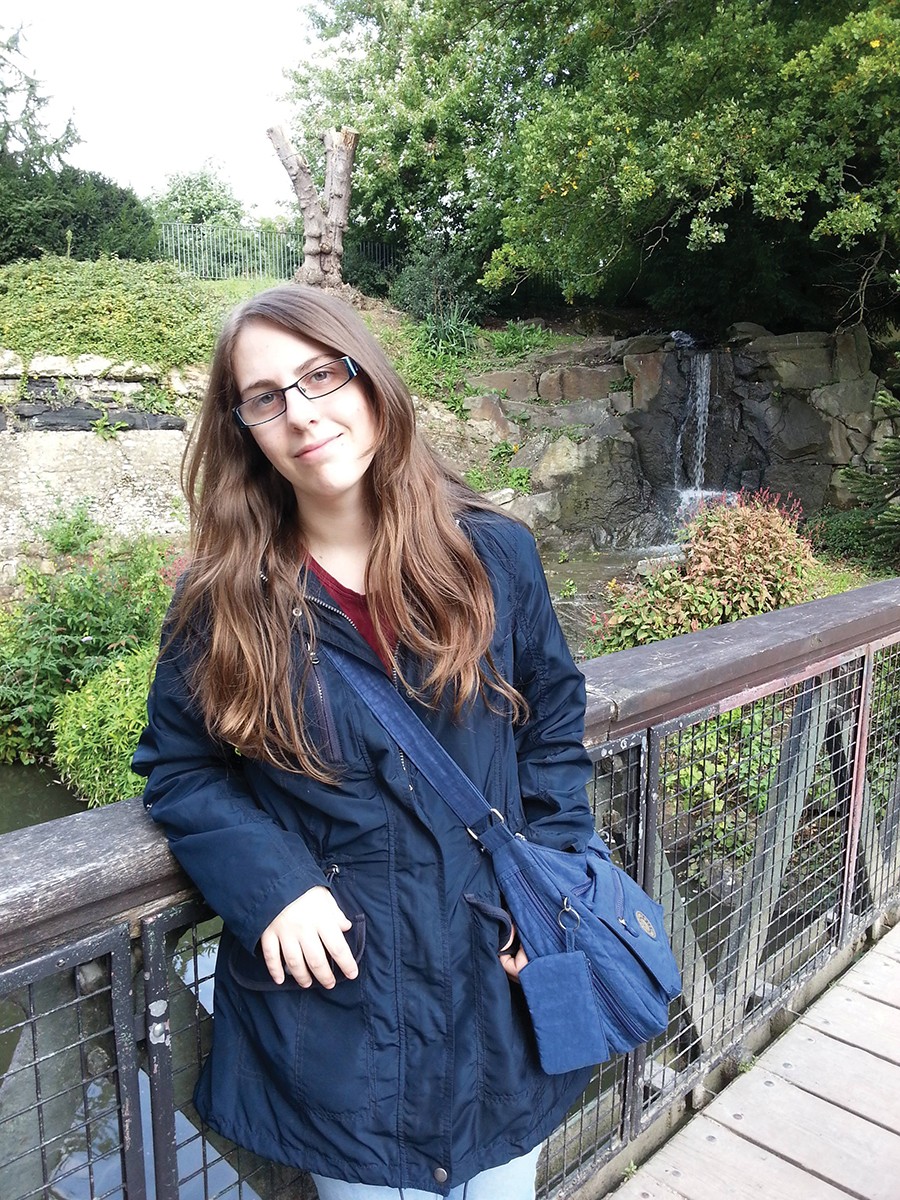
Virtual Reality (VR) has created a whole new realm of experiences. By placing people into varied situations and environments, VR enables them not only to explore, but to challenge themselves and gain skills in ways never thought possible. With applications in medical and psychological treatment, VR is now being used to train surgeons, treat PTSD, and to help people understand what it’s like to be on the autism spectrum. The key to this application is VR’s ability to immerse its users.
Many agree that immersion needs two key ingredients: a sense of presence and interaction with the environment. Interaction comes in three main forms. Selection is about differentiating between items in the environment. Navigation allows travelling from one point to another and observing the environment. Finally, manipulation lets users grab, move and rotate selectable items. In addition to this, VR applications need a setting. Supervised by Dr Vanessa Camilleri and Prof. Alexiei Dingli, I chose to use escape rooms (adventure games where multiple puzzles are solved to leave a room) to experiment with these interaction techniques.
I used escape rooms because they’re highly interactive and naturally immersive systems. And since interaction isn’t a one-size-fits-all scenario, I also applied procedural content generation (PCG) techniques to create the escape rooms themselves.
People selected items using a reticle, a small circle in the middle of the screen which expands or contracts to indicate which objects they could interact with. They navigated the space by looking around through the VR headset and moving their joystick. They manipulated puzzles from a separate screen which I layered on top of the escape room. This allowed them to inspect objects to their heart’s content, while also reducing the amount of clutter in the room.
Since there was no previous work in PCG escape rooms, I had to pave my own way. I used a genetic algorithm, a machine learning algorithm that mimics evolution in biology to select the best solution to a problem, to determine which puzzles and items would be placed in the escape room. I also programmed the game to create the rest of the room, placing floors, ceilings, and everything else that the algorithm didn’t consider. This made the space look like it had been made by an actual person, despite being created through AI.
From the results gathered, most people found that the system allowed them to explore the VR environment in a very natural way. Players said that the room’s generated interaction was consistent, reliable, and fun.
Understanding immersion is critical for VR’s future applications. If we can help people hone these techniques by creating a few games along the way—so be it!
This research was carried out as part of a Bachelor of Artificial Intelligence at the Faculty of ICT, University of Malta
Author: Natalia Mallia
Spotting marine litter
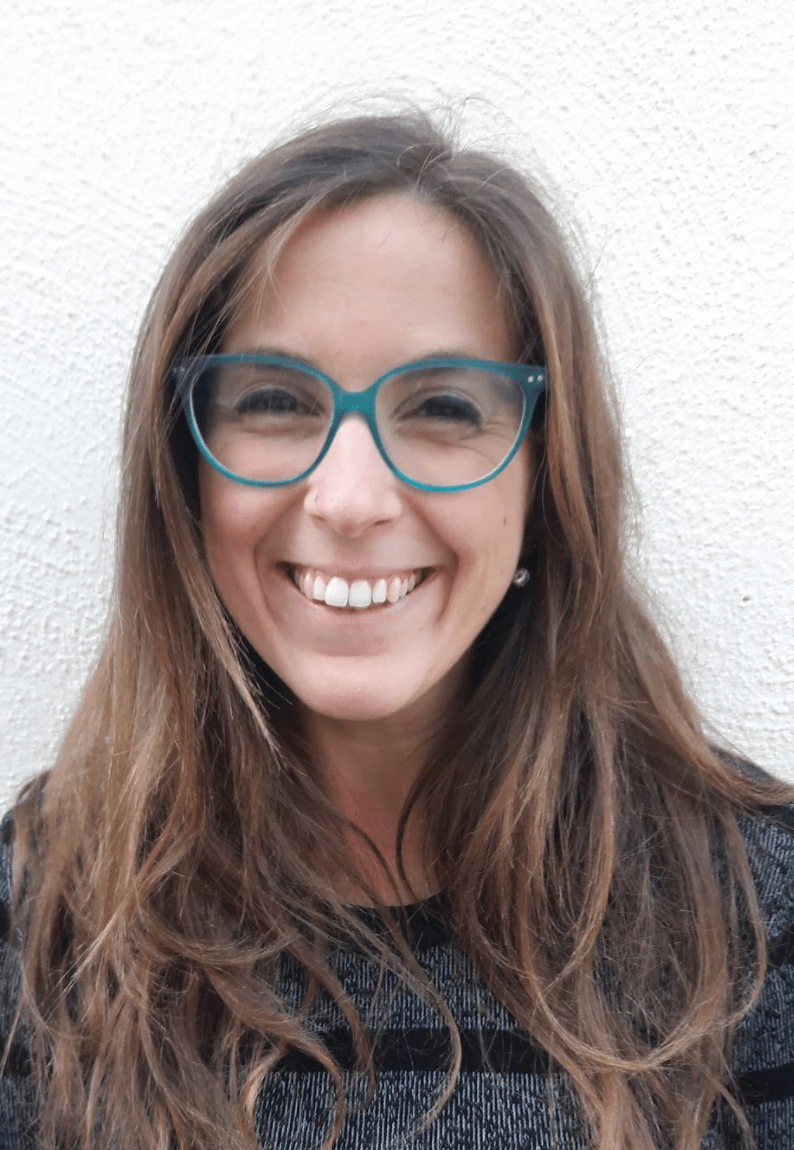
Marine litter is a problem found across the world. As well as being directly deposited in seas and oceans, plastic, wood, rope, and other items are accumulating on land and making their way into bodies of water. On the Maltese Islands, such littering happens frequently. Last summer the Physical Oceanography Research Group (Faculty of Science, University of Malta [UM]) took a step towards tackling the issue.
Under the supervision of Prof. Alan Deidun and Adam Gauci, I sought to harness innovative techniques and create a monitoring programme that would begin to identify what kind of litter is on Malta and Gozo’s beaches.
The national Marine Strategy Framework Directive was followed to ensure good data collection and meeting of the ‘Good Environmental Status’ by 2020. The study used images captured by a drone in three coastline areas: the north east Marine Protected Area of Malta, Qawra Point, and the eastern and western points of Baħar Iċ-Ċagħaq. Flying at an altitude of 30 meters, the drone was programmed to spot specific categories of marine and coastal litter. These included plastic, wood, rope, rubber, and other miscellaneous items such as washing machines and mattresses.
Apart from characterising marine litter, the project aimed to observe whether hydrodynamical phenomena, such as wind and currents, are also influencing the accumulation of litter. However, results showed that the difference between the areas of study was not due to dynamics of coastal currents and coastal topography, but to human activities. In Baħar iċ-Ċagħaq, for example, categories such as wood and plastic were found on land at considerable distances from the shoreline, close to points easily accessible by cars.
We also used statistical analyses to confirm that parameters such as tourism, lack of public knowledge, and lack of environmental consciousness are affecting the accumulation of marine litter, laying the blame firmly on human activities.
The remedy to the situation is in Maltese citizens’ hands. Only we have the power to turn things around. It’s time to clean up our act.
This research was carried out as part of a Masters in Physical Oceanography, Faculty of Science, UM.
Author: Serena Lagorio
Lighting the way to darker skies
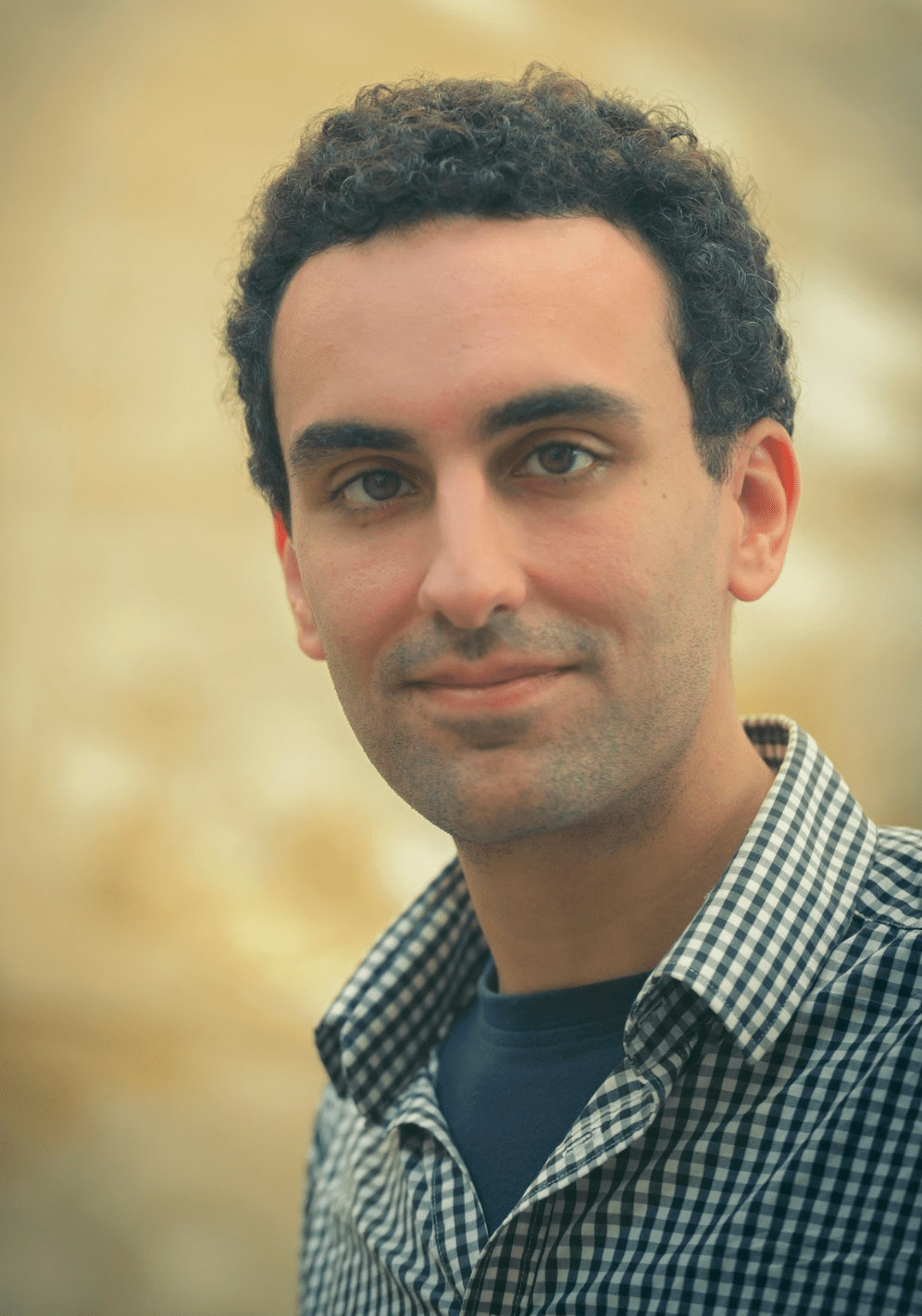
As the sun sets and the sky darkens, a black velvety curtain adorned with flecks of twinkling lights is drawn across the heavens, and a milky white band of fuzzy glow stretches majestically overhead. Unfortunately, this experience is nowadays denied to us thanks to artificial lighting. The sky is often left awash in a cold, jarring glow, making Malta one of only five countries whose citizens are denied the possibility of observing the Milky Way from their home.
A few select coastal sites remain where we can see the Milky Way. But even those are under continuous threat. In 2002 the Malta Environment and Planning Authority designated a number of sites in Gozo and Comino as Dark Sky Heritage Areas, stating that ‘reflective signs shall be employed to guide driving at night, whilst the installation of lighting which is not related to aerial or maritime navigation, shall be strongly discouraged.’ Since then, light pollution has still been increasing and is seriously impinging upon these areas.
To some, the ability to appreciate and study the night sky might be less of a priority, but light pollution affects our lives in many more ways. Our night-time environment is fast becoming a vista of blindingly cold light, and we need to act now to reverse this. Badly designed lighting can result in glare, which is especially dangerous while driving. Light trespassing into people’s homes creates a myriad of problems, ranging from mild discomfort to serious sleep disruption. Studies have linked bright LED lighting with adverse health effects, as it can interfere with our circadian (daily) rhythm. Light pollution also disturbs wildlife. For example, conserving colonies of birds that make their home at the cliffs of Dwejra, like Scopoli’s Shearwater and Yelkouan Shearwater, depends heavily on our efforts to curb light pollution.
The solution is not as drastic as switching off all our lights, but adopting full cutoff lighting in streets to illuminate the ground without spilling light everywhere else.
Luckily, light pollution is a reversible problem. Authorities can choose to bring about positive change, sometimes requiring little effort. Do we really need our public monuments, churches, building facades, and playing fields to be illuminated all night long, oftentimes with skyward-pointing floodlighting? When planning new lights for a road or a public space, should we not consider the impact the proposed lighting will have on the surrounding community and environment?
Conservation of our natural environment is not diametrically opposed to human activity and business interests. Other countries have long recognised the night sky’s potential for eco-tourism.
The Department of Physics (Faculty of Science, University of Malta [UM]) and Institute of Space Sciences and Astronomy (UM) are currently embarking on a new study of our islands’ night sky’s brightness. Interested parties, authorities, and non-governmental organisations alike are most welcome and encouraged to get in touch. It is only through awareness, dedication, and proper coordination that we can help ensure that future generations can still enjoy the peaceful beauty of the Maltese night sky.
Further reading: Falchi et al., ‘The new world atlas of artificial night sky brightness’, Science Advances, vol. 2, no. 6, 2016, e1600377
Author: Dr Joseph Caruana
Onfoħ
Breathing moves air in and out of the lungs. Oxygen goes in, carbon dioxide is flushed out. An exchange occurs within our internal environment. Onfoħ is an installation that explores the phenomenon of carbon emissions through human respiration.
Carbon emissions are loosely defined as the release of greenhouse gases and their precursors into the atmosphere over a specified area and time. This notion is usually linked to the burning of fossil fuels like natural gas, crude oil, and coal. In short—human activity.
From the very beginning, humans have altered their environment. In fact, an average person takes 12 to 20 breaths per minute, amounting to an average of 23,040 breaths per day. The world’s population collectively breathes out around 2500 million tonnes of carbon dioxide each year, around 7% of the annual carbon dioxide tonnage produced by burning fossil fuels.
Although the carbon dioxide produced through breathing is part of a closed loop in which our output is matched by the input from the food we eat, it can be used as a metaphor to visualise other unseen outputs from other man-made sources: transportation, electricity, heating, water consumption, food production.
Onfoħ was designed to engage citizens and address an overwhelmingly challenging environmental problem of our time—our inability to visualise our own carbon footprint. The work does this by showing that which is usually unseen—the physical manifestation of carbon emissions.
The installation consisted of five plinth-like structures, each housing a glass container of lime water. Stencilled onto the pillars were illustrations of lungs, each consecutive pair having decreased surface areas, conveying a sense of degeneration. When the audience interacted with the installation, breathing into the lime water and adding carbon dioxide, they triggered a chemical reaction that produced insoluble calcium carbonate. The clear solution turned milky, making the invisible visible.
Humans contribute constantly to carbon-based, hazardous waste production, and the installation demanded that they face that reality.
Note: The installation was displayed as part of a collective exhibition entitled Human Matter, hosted by the Malta Society of Arts at the end of last year. David Falzon, Matthew Schembri and Annalise Schembri teamed up to work on this artwork as soon as they finished reading for an MFA in Digital Arts (Faculty of Media and Knowledge Sciences, University of Malta).

